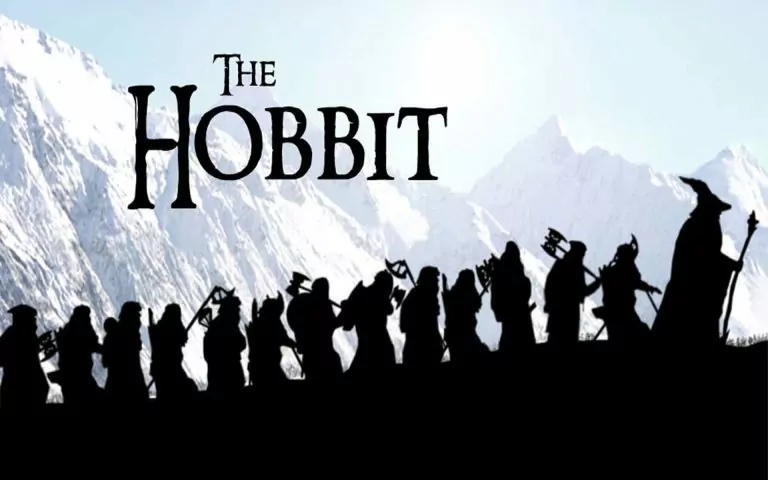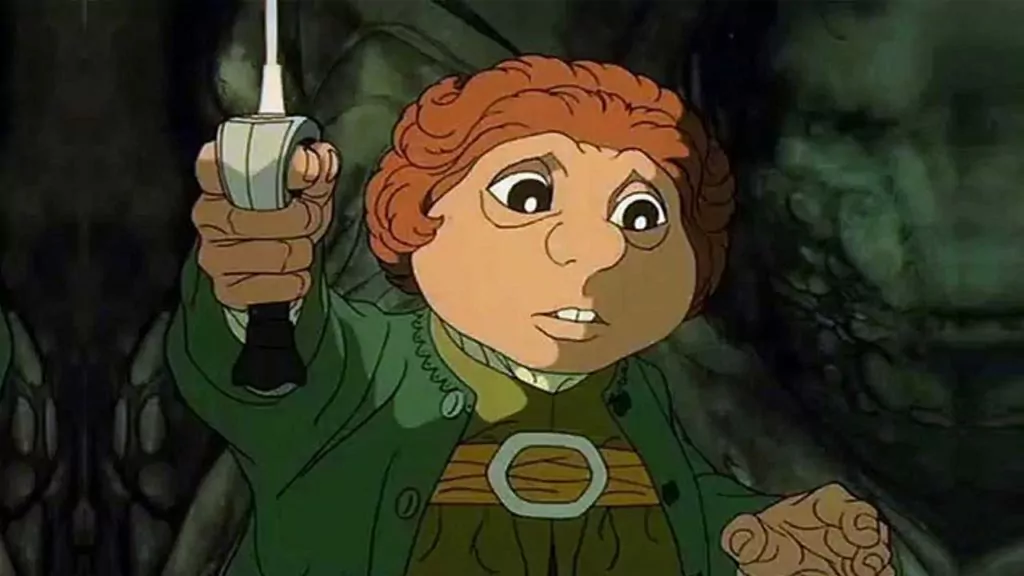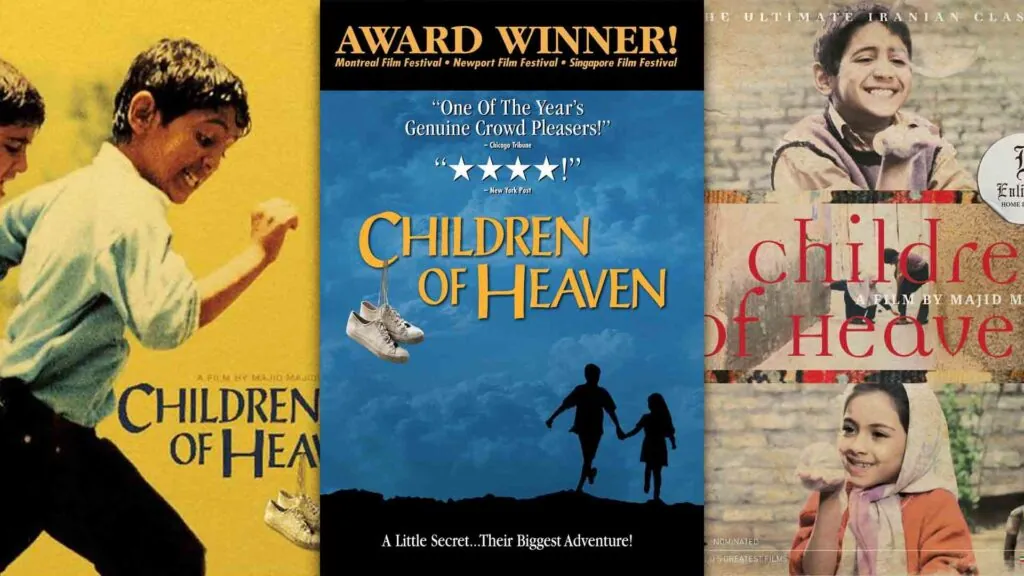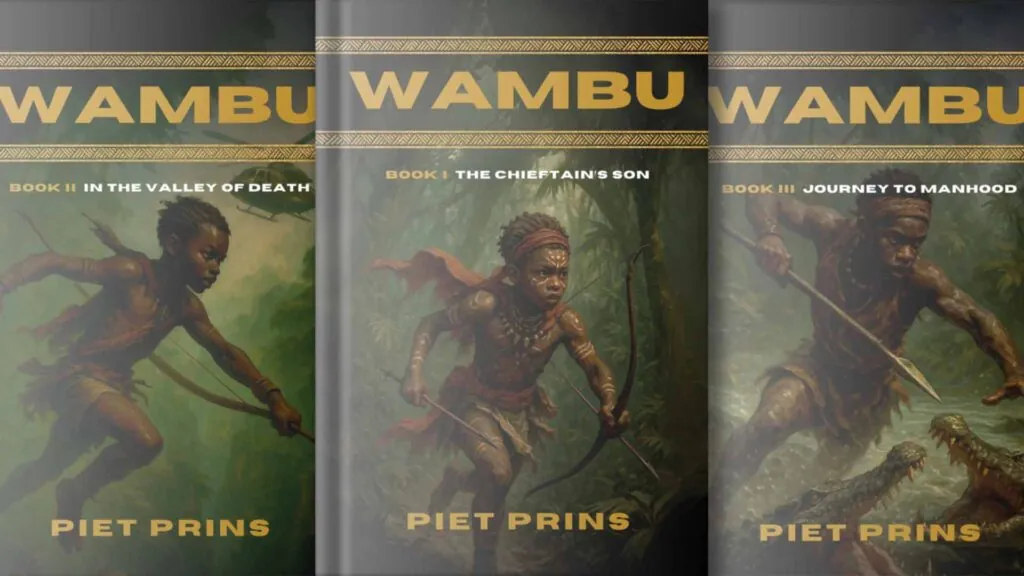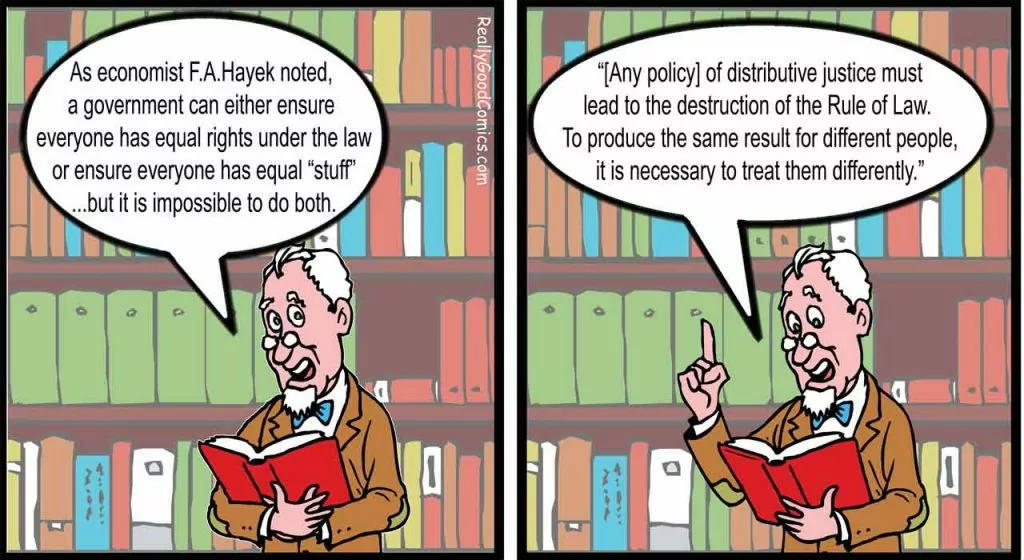AN UNEXPECTED JOURNEY
2012 / 169 min (also a 182-min version)
Rating: 8/10
THE DESOLATION OF SMAUG
2013 / 161 min (also a 186-min version)
Rating: 8/10
THE BATTLE OF THE FIVE ARMIES
2014 / 144 min (also a 164-min version)
Rating: 7/10
Bilbo Baggins was quite content puttering around his garden, sitting in his armchair, and reading his books – he wasn’t looking for adventure. But then a tall wizard and a dozen dwarves asked this small hobbit to come help them battle a huge dragon. It was the sort of offer any respectable hobbit would refuse…and Bilbo did.
“An adventure?…. Nasty, disturbing, uncomfortable things. Make you late for dinner….We do not want any adventures here, thank you!”
But something was stirring inside this quiet soul. Might he be an adventurous sort after all? The next day Bilbo surprises even himself by taking the dwarves up on their offer. Off he goes, on a long journey to the Lonely Mountain where the fearsome dragon Smaug guards his stolen hoard of treasure. On the way the company meets trolls, giants, horse-sized spiders, orcs – lots and lots of orcs! – and a kingdom’s worth of elves.
But why did they want this little hobbit to come with? The dwarves don’t know; they agreed because the wizard, Gandalf, insisted. And Gandalf isn’t entirely sure himself. The is the best explanation he can offer:
“I don’t know. Saruman [another wizard] believes it is only great power that can hold evil in check, but that is not what I have found. I’ve found it is the small things; everyday deeds of ordinary folk that keeps the darkness at bay… simple acts of kindness, and love. Why Bilbo Baggins? Perhaps it is because I am afraid… and he gives me courage.”
Book to film
This is the second time that director Peter Jackson has adapted a J.R.R. Tolkien story to film. The first, the Lord of the Rings trilogy, was one of the few movie adaptions to live up to its source material: three exceptional books became three of the best movies ever made, even as they remained quite loyal to the original story.
This time around a great book has been transformed into three films, and while the films are quite good, they hardly resemble the book. Oh yes, all the major plot elements are still there, but because Peter Jackson had to stretch the book into three films he added lots of extra bits. A few of those bits are sweet like a love story between elf and dwarf, but most are violent: two enormous battles have been added and numerous skirmishes. The Hobbit was a children’s tale, a sort of kinder, gentler version of Tolkien’s Lord of the Rings adventure. But there is nothing kinder or gentler about this film version – children shouldn’t see it.
So anyone loyal to the book will have good reason not to like the films. But if we forget the book they came from, and think of these films simply as adventure movies, then they are rollicking tales!
Cautions
The biggest caution concerns the violence because there’s lots of it. It is mostly of a bloodless sort, which is why, despite the films’ enormous death toll, they still managed a PG-13 rating. But there is just so much of it!

Fearsome villains are one reason this is not a film for children!
Very little of it is realistic – it struck me as being video game-ish – but the most disturbing aspect is when it is played out for comic effect. When this band of brothers fights because it must, that is brave and heroic, and we can cheer them on. But what are we to think when Gandalf slices through an orc’s neck so cleanly his head remains in place? We get a quick look at the orc’s confused, distressed facial expression before Gandalf gives his head a tap to send it rolling off. This is meant to get a laugh, but it just gave me the creebles. Death as comedy?
I should also note that while I haven’t watched the extended versions, I have heard that the violence in the extended version of the last film, The Battle of the Five Armies, would be enough to get it an R-rating.
I could add some cautions about the occasional bit of juvenile humor (there are a couple of snot jokes, etc.) but since no child should be watching this anyway, and teens and adults aren’t going to be impacted, that will suffice.
The only other caution concerns the magic that pops up throughout the film. Some of it is of the dark sort. The villain behind the scenes, causing many of the company’s problems, is the Necromancer, who had nine undead soldiers doing his bidding. He is demonic-looking. Now God condemns witchcraft (Deuteronomy 18:10-12, Leviticus 19:26, 20:6) and the casting of spells, so it’s not a big deal to show a villain making use of magic – they are supposed to be bad! More problematic is when the heroes do it too, and a lot of them do, with Bilbo Baggins even dabbling in what seems to be the dark arts after he finds a magic ring that turns him invisible but which also whispers wickedly – once the ring even tries to convince Bilbo to murder someone! So what should we think of heroes who use magic? That would be a discussion worth having with your kids. Bilbo’s use of the ring highlights the dangers of dark magic – in The Hobbit we get only a glimpse of the sort of temptation this ring will pose in the later Lord of the Rings trilogy, but it’s enough to know this ring is not some cute play toy but rather an ever-present and enticing lure.
Conclusion
There is also a lot to love here: the company is courageous, and Bilbo Baggins grows in bravery through the film. Our heroes are quite heroic! Many of the themes are admirable, and even biblical, like:
- money can corrupt
- a man has no greater love than that he is willing to lay down his life for another
- loyalty doesn’t mean blindly following
- love can require us to confront a friend
- vengeance can blind us
- bravery doesn’t mean not being afraid
- a small weak fellow putting bigger stronger sorts to shame (1 Cor. 1:26-29)
It wouldn’t be hard to find many others. So overall I’d rate this as an above-average action-adventure that isn’t suitable for children, but might be enjoyed and discussed with older teens. For a film version of The Hobbit that you can share with children, consider the animated one which I review here.







